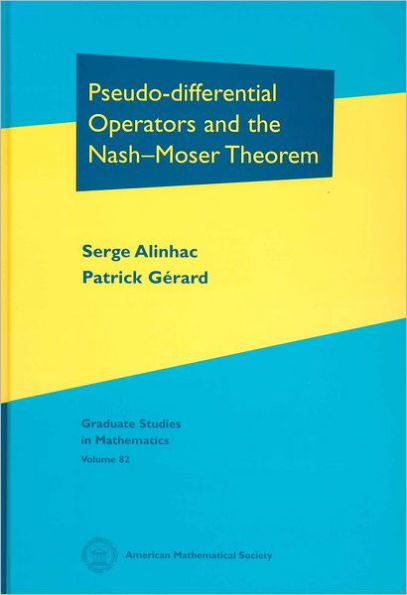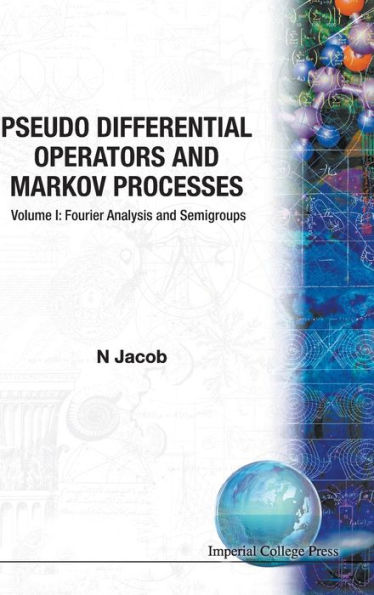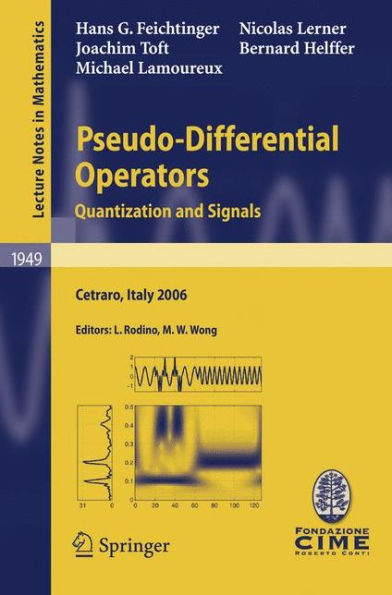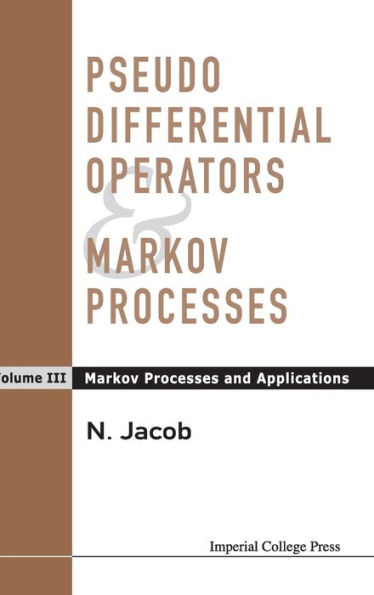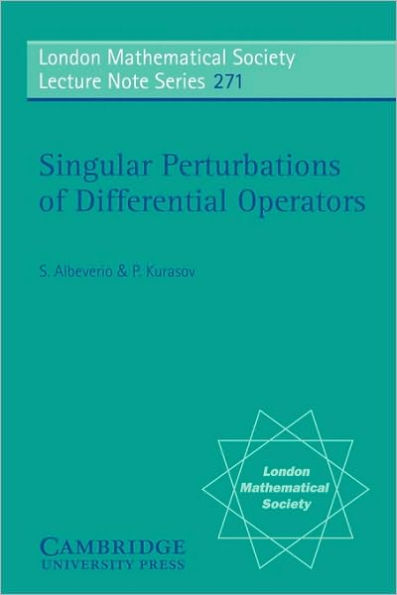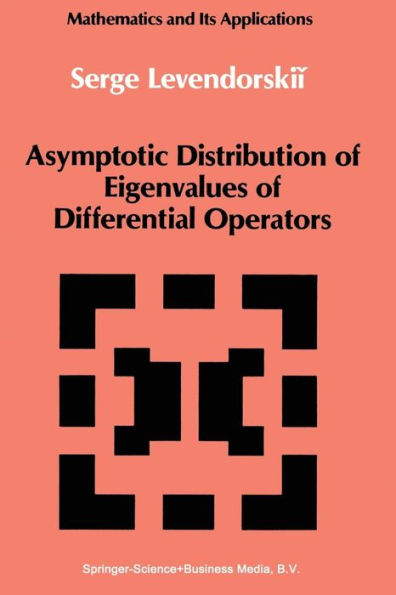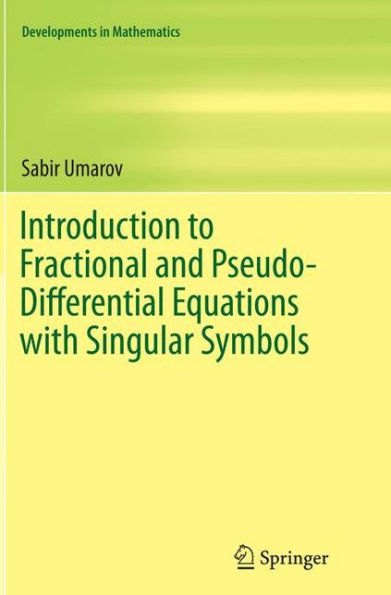Home
Pseudo-Differential Operators and Symmetries: Background Analysis and Advanced Topics
Barnes and Noble
Pseudo-Differential Operators and Symmetries: Background Analysis and Advanced Topics
Current price: $99.99
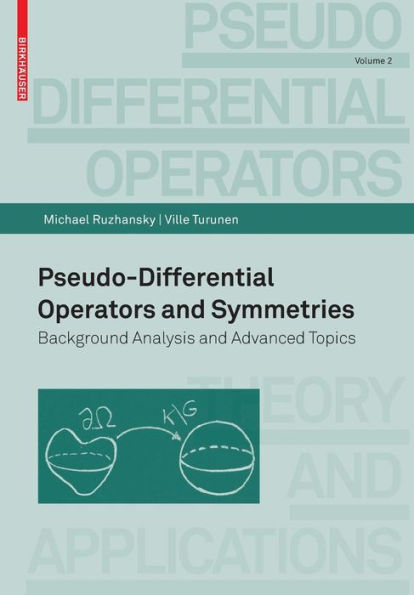

Barnes and Noble
Pseudo-Differential Operators and Symmetries: Background Analysis and Advanced Topics
Current price: $99.99
Size: OS
Loading Inventory...
*Product information may vary - to confirm product availability, pricing, shipping and return information please contact Barnes and Noble
This monograph is devoted to the development of the theory of pseudo-differential n operators on spaces with symmetries. Such spaces are the Euclidean space R ,the n torus T , compact Lie groups and compact homogeneous spaces. The book consists of several parts. One of our aims has been not only to present new results on pseudo-differential operators but also to show parallels between different approaches to pseudo-differential operators on different spaces. Moreover, we tried to present the material in a self-contained way to make it accessible for readers approaching the material for the first time. However, different spaces on which we develop the theory of pseudo-difier- tial operators require different backgrounds. Thus, while operators on the - clidean space in Chapter 2 rely on the well-known Euclidean Fourier analysis, pseudo-differential operators on thetorus and more general Lie groups in Chapters 4 and 10 require certain backgrounds in discrete analysis and in the representation theory of compact Lie groups, which we therefore present in Chapter 3 and in Part III,respectively. Moreover, anyone who wishes to work with pseudo-differential- erators on Lie groups will certainly benefit from a good grasp of certain aspects of representation theory. That is why we present the main elements of this theory in Part III, thus eliminating the necessity for the reader to consult other sources for most of the time. Similarly, the backgrounds for the theory of pseudo-differential 3 operators on S and SU(2) developed in Chapter 12 can be found in Chapter 11 presented in a self-contained way suitable for immediate use.
